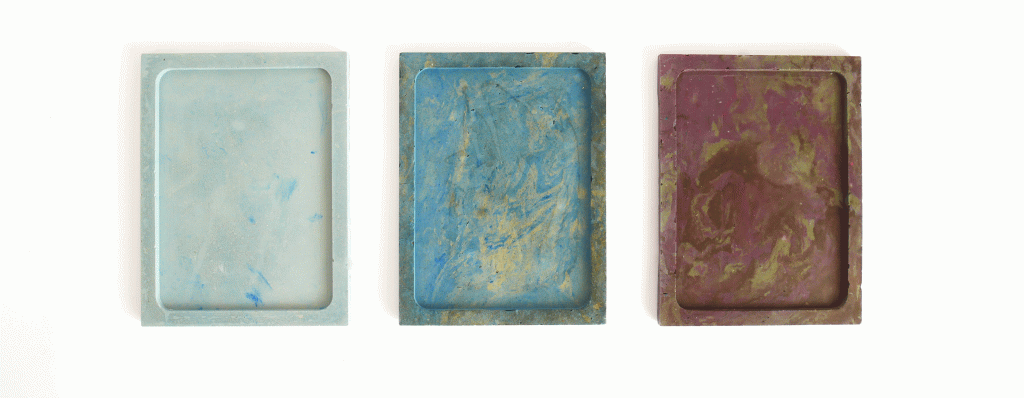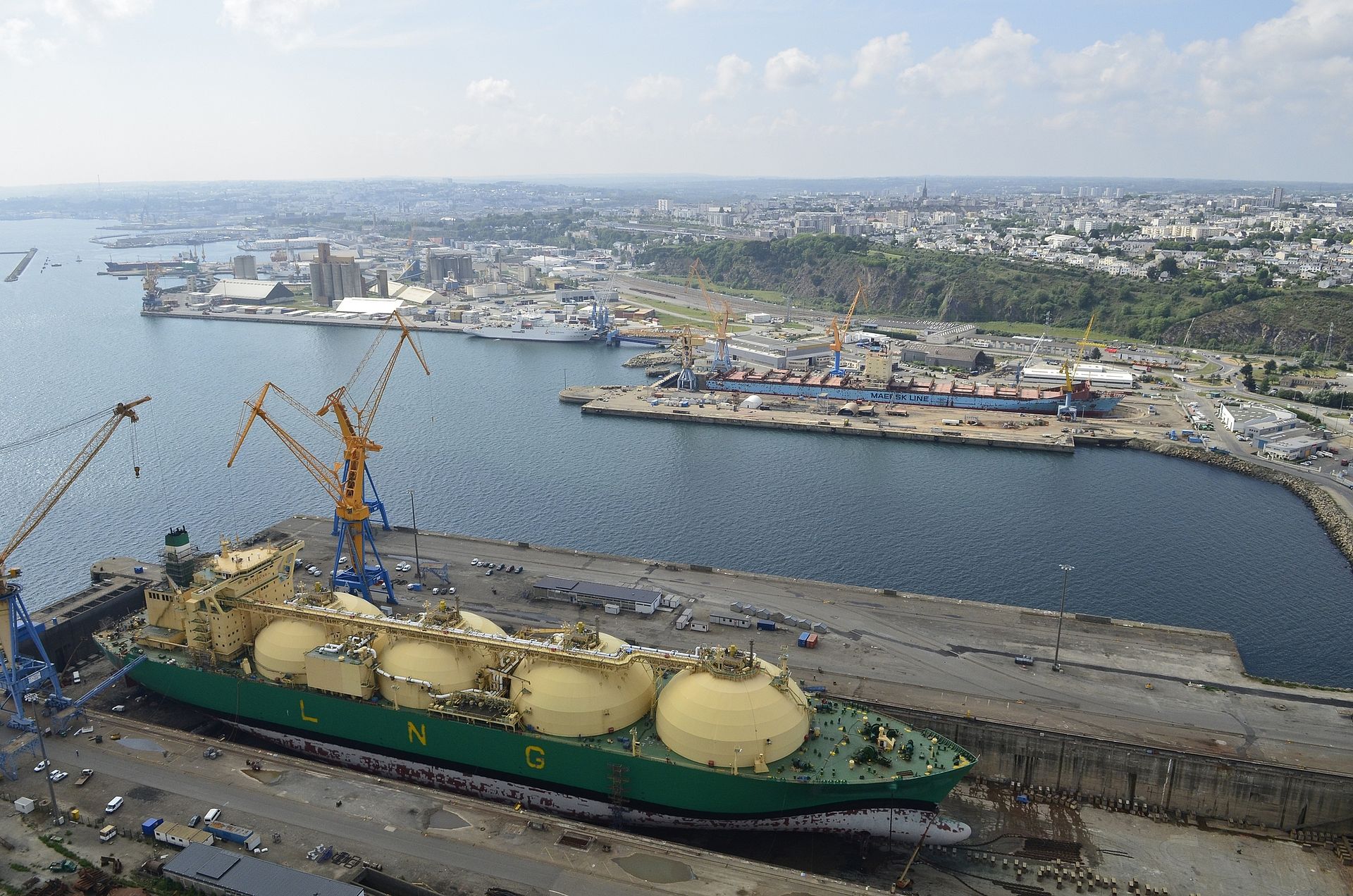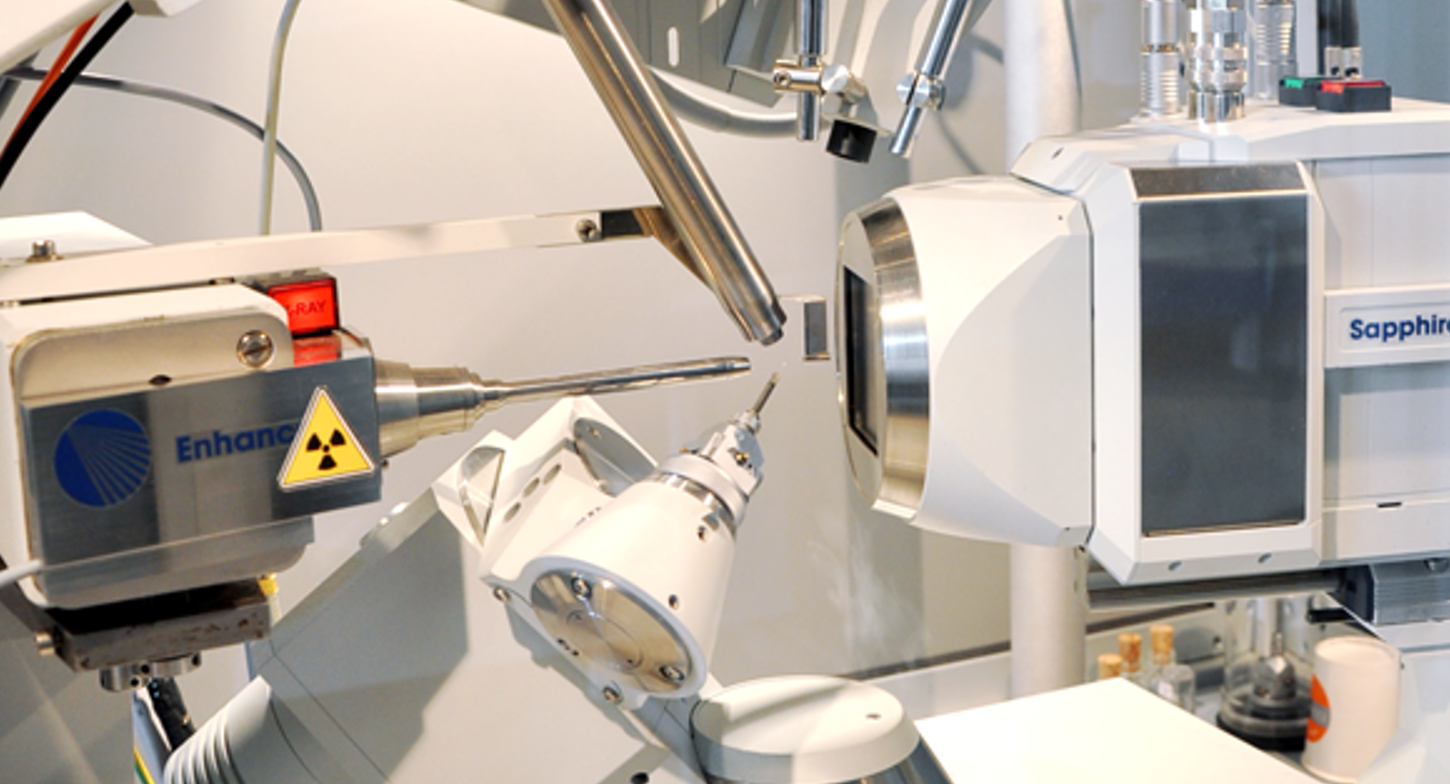Gwilen – The stuff of innovation
- Can port sediment be reclaimed while also helping with energy efficiency in the construction industry? We spoke to Yann Santerre about this exciting project which our Campus community has supported and followed with interest.

© Gwilen Project reuses port sediment
Each year, between 40 and 50 million cubic metres of sediment are dredged from French waters. These dredgings are either mechanically deposited further out to sea, which impacts on the marine environment, or stored in waste disposal facilities on land. Yann Santerre is an architect and civil engineer who sees sediment as an opportunity, an untapped local resource. He believes that by using this readily available sediment to replace current construction materials he can reduce the industry’s energy costs.
Gwilen took an innovative approach to developing his idea, turning to design as a way of exploring this material’s great potential. The marine-dredged sediment is moulded and coloured to create a new building material which has caught the attention of interior architects in France and further afield. The company is now making and selling products from this innovative material.
© Brest life Awards and backing
A native of Morbihan, Yann Santerre wanted to base his project in Brest: partly due to the city’s history and partly the region’s close connections with marine resources – in the form of Campus mondial de la mer. His decision to do so was underpinned by the excellent relationship with Technopôle Brest-Iroise, enabling him to meet the right people for each step along the way. Thus over the years Gwilen as a ‘Technopôle start-up’ has gradually been gaining recognition. It initially joined ENSTA Bretagne’s incubator, gaining access to prototyping and moulding machines. Then the fledgling company won support from the Emergys Bretagne incubator for structuring the project and guiding it to fruition. Gwilen also won the ‘New Ideas Award’ from CMB Arkéa and was selected for the call for projects on ‘Successful transitions in the economy’ from Brest Métropole.
In his search for scientific partnerships, Yann Santerre used the Campus mondial de la mer’s Research Infrastructures and Facilities Portal. He identified scientific and technical expertise which would be useful for his project, and connected with:
- The MASMECA platform from ENSTA Bretagne, giving access to compression machinery;
- The BIODIMAR platform from LEMAR/UBO, for grinding tests and sample preparation;
- The X-ray Diffraction Platform and Microscope Imaging and Measuring Platform from UBO’s Technology Platforms General Service, for characterising materials (the formulation and mineral composition of the sediment).
DRX Platform, © UBO Next steps
Gwilen is seeking a suitable site for R&D in the port of Brest, where it will install a pilot production line for its innovative material.
Via its Paris-based partner, Gwilen has also reached out to two incubators in the Ile-de-France region: the incubator at the Scientific and Technical Center for Building (CSTB'lab) and the Matériaupôle. This will put it in the best possible position as it enters the certification and industrialisation phases for the new material.
- Keywords : <a href="News_Infrastructures-3046-0-0-0.html?b3338_TAGs_57=658">architecture</a>, <a href="News_Infrastructures-3046-0-0-0.html?b3338_TAGs_57=506">campusinfras</a>, <a href="News_Infrastructures-3046-0-0-0.html?b3338_TAGs_57=509">entreprise</a>, <a href="News_Infrastructures-3046-0-0-0.html?b3338_TAGs_57=231">innovation</a>, <a href="News_Infrastructures-3046-0-0-0.html?b3338_TAGs_57=587">port</a>
- Published on 17/04/2020


